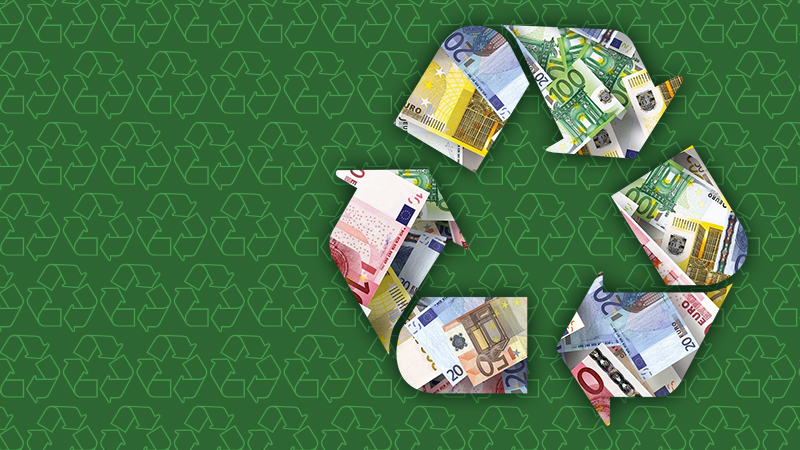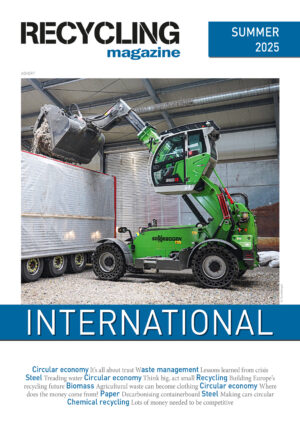The independent and peer-reviewed LCA report confirms the positive environmental impact of this end-of-life solution for glass fibre reinforced thermoset composites which are used in various applications, including the automotive, construction, wind and recreational boating sectors.
The report reveals that each ton of EoL composite waste treated in a cement facility saves up to 1 ton of CO2 compared to traditional waste incineration methods.
On the one hand, this process of cement co-processing avoids emissions from waste incineration (approximately 500 kg of CO2 per ton of EoL composites). On the other hand, it reduces emissions from cement production by approximately 330 kg CO2 per ton of EoL composites, resulting in an average combined emission saving of 830 kg CO2.
In addition to CO2 savings, cement co-processing of composites offers two other significant benefits that lower the environmental footprint of the cement industry:
- Reduced need for virgin raw materials by recovering the glass fibre fraction of EoL composite.
- Reduced need for fossil energy sources by the efficient recovery of the energy content from the resin fraction.
With the publication of this report, our associations call on the decision-makers to recognize cement co-processing as recycling process for its mineral fraction. This recognition would be highly beneficial, accelerating the adoption of this existing solution to process EoL composites and fostering the development of a sustainable waste collection system for EoL composites.
Having such a collection system in place will pave the way for other circular technology solutions that currently lack the necessary waste stream visibility to attract the public and private investments required for expansion.
The associations involved are CEFIC UP/VE Sector Group, CEMBUREAU, Epoxy Europe, EuCIA, the European Alliance for SMC BMC, European Boating Industry, Glass Fibre Europe, Tech-Fab Europe, and WindEurope.











